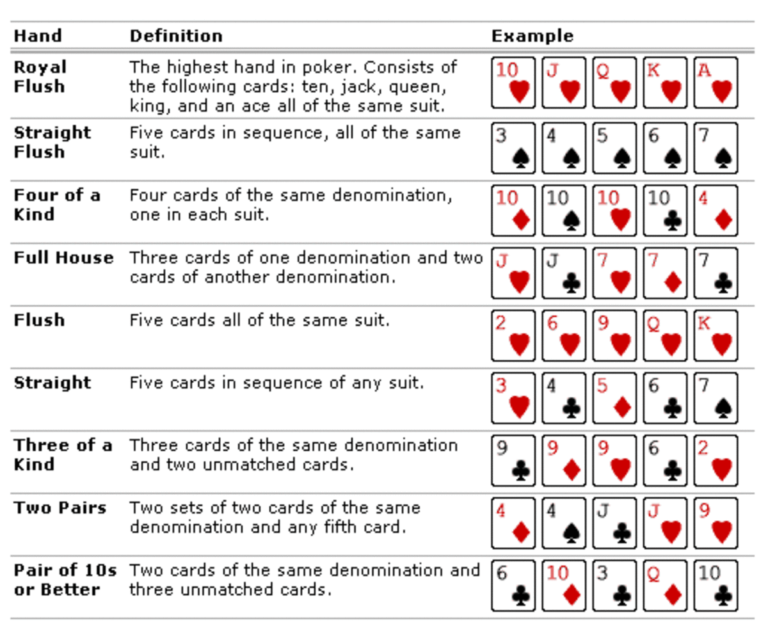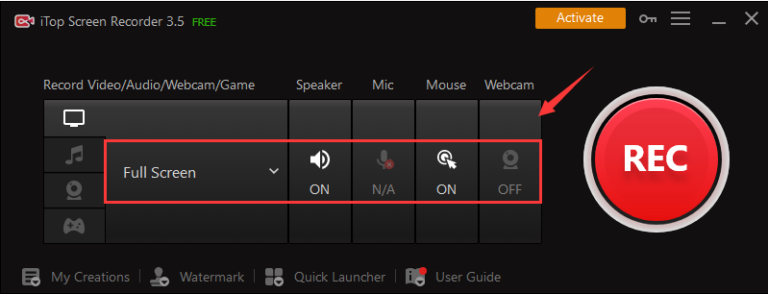NFT Poetry: What It Is and the Benefits

Technology has been transforming all aspects of our lives, and poetry has not been left behind. This age-old art is one of the beneficiaries of blockchain technology, which has enabled the creation of non-fungible tokens (NFTs). While most popular NFT art focuses on visual elements like photos, drawings, or videos, poetry has also become significantly popular in the space. Poets can therefore take advantage to enhance their creativity while also benefiting from the increases in the Bitcoin price USD.
But what exactly is NFT poetry, and what benefits does it bring to poets and collectors?
What is NFT Poetry?
NFT poetry is basically tokenizing a poem and then minting it as a non-fungible token. The non-fungible part of it means that the item can’t be replaced with any other, and it therefore retains authenticity and proof of ownership.
Once a poem is minted as an NFT, it is added to a blockchain network. This network is transparent and can’t be changed, attributes that are extended to the poem. And instead of being distributed via print media or digital format, it becomes a part of the blockchain network where it can be traded.
The Benefits of NFT Poetry
Distributing a poem as an NFT offers lots of benefits.
Unique Digital Ownership
In the blockchain world, every item is as unique as a fingerprint. This means that NFT poetry makes it easy for creatives to create poems that are easily distinguishable from others in terms of ownership. Once a poem is tokenized, it becomes immutable and can’t be faked.
This means that when you mint a poem as an NFT, you protect your rights through the blockchain. However, you can still transfer it to a buyer or collector, who will then inherit the unique ownership rights.
Authenticity & Proof of Ownership
Due to its immutable nature, the blockchain network ensures that once a poem is minted as an NFT, its authenticity and ownership can always be proven. This is because the NFT will have a unique cryptographic signature that carries information about the piece of art.
If you are a poet, you will have peace of mind knowing that the blockchain will always show you as the creator of your art. It will also protect the work from plagiarism and unauthorized use, something that is always associated with print and general digital media. And if you are an NFT poem collector, you won’t have to worry about getting fake copies as you can always trace all ownership of a piece.
New Monetization Opportunities
Poets can greatly enhance the earnings from their work through NFTs. First, this technology opens a whole new marketplace where even besides people who love art, others can buy a piece to add it to a collection or sell it later at a profit. This market is also on another level as it’s not limited to local buyers like in print media. NFT marketplaces are available worldwide, and they allow poets to meet millions of potential buyers.
Besides that, NFT poetry also makes it possible for creatives to earn royalties each time their piece of art is sold. This is usually embedded in the NFT’s smart contract, and it’s automatically executed without any special action required. This means that they can continue to benefit from their work long after its initial sale, which can’t be said for most other forms of media.
Patronage and Control
More than ever, with NFT poetry, poets now have greater control over the distribution of their work. Instead of relying on traditional publishers, poets can retain ownership of their poems while engaging directly with their audience. Having control of their works helps benefit from value appreciation, and buyers can directly support their favorite poets.
Poets can also leverage NFT technology to introduce scarcity of their poetry pieces. Thus, special releases and limited editions can attract collectors who value rarity and high-value art. This fascinating fusion of art, technology, and entrepreneurship opens boundless opportunities.





